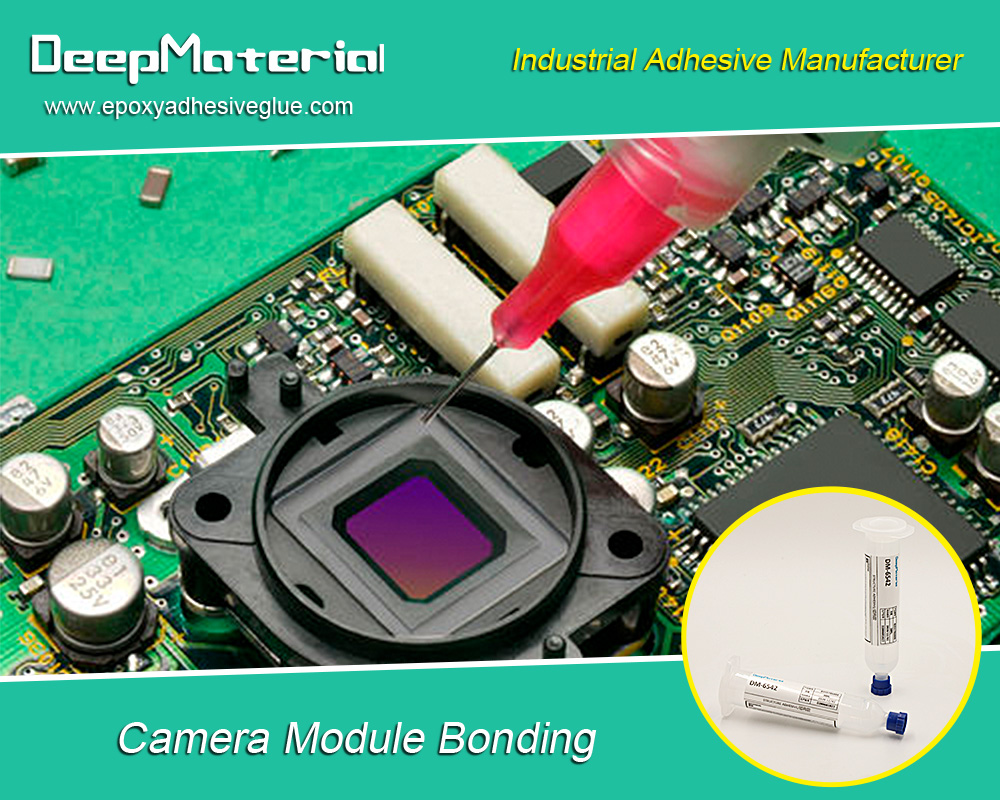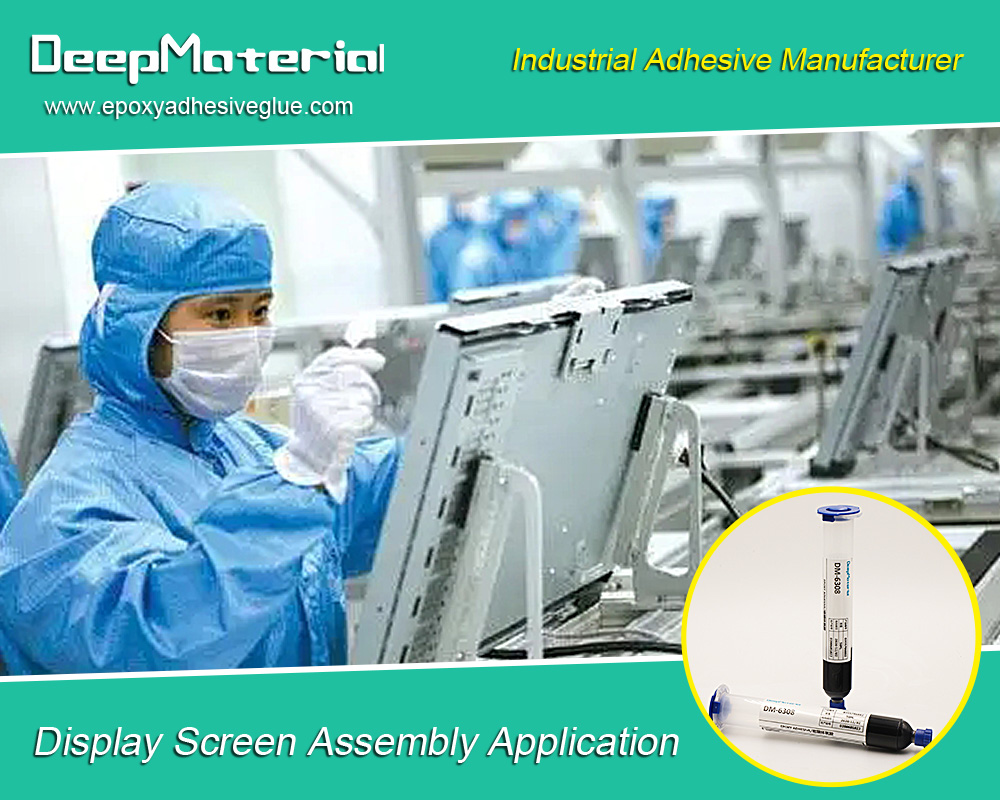All You Need to Know About Using Epoxy for Glass to Metal Bonding
All You Need to Know About Using Epoxy for Glass to Metal Bonding
This blog post will guide you on using epoxy for glass-to-metal bonding. You will learn about the benefits of using epoxy, the different types available, the steps involved in the bonding process, and tips for successful bonding.

INTRODUCTION
Glass-to-metal bonding is essential in various industries, including automotive, electronics, and construction. It requires a strong adhesive that can withstand environmental conditions and maintain the bond for an extended period. Epoxy is one of the most effective adhesives used in glass-to-metal bonding due to its high bonding strength and durability. In this blog post, we will provide all the information you need about using epoxy for glass-to-metal bonding.
Benefits of using epoxy for glass-to-metal bonding
Epoxy is a preferred adhesive for glass-to-metal bonding due to the following benefits:
- High bonding strength:Epoxy has excellent adhesive properties and provides a strong bond that can withstand heavy loads.
- Excellent durability:Epoxy is highly resistant to wear and tear and can maintain its bond for an extended period.
- Resistant to corrosion and chemicals:Epoxy is resistant to chemicals and corrosion, making it ideal for harsh environments.
- Easy to apply:Epoxy is easy to apply and can be used on various surfaces, including metals, plastics, and composites.
Different types of epoxy are available.
When it comes to glass-to-metal bonding using epoxy, different types are available that are suitable for various applications. Here are the most common types of epoxy used for glass-to-metal bonding:
- One-part epoxy:One-part epoxy is a pre-mixed adhesive in a tube or a can. It’s easy to use, dries quickly, and is ideal for small-scale projects that don’t require high strength or structural bonding. One-part epoxy is suitable for bonding glass to metal, plastic, and other materials.
- Two-part epoxy:Two-part epoxy is a two-component adhesive that requires mixing before application. It’s more versatile than one-part epoxy and is suitable for bonding larger and more complex projects. Two-part epoxy is more robust than one-part epoxy and can provide high strength and durability for glass-to-metal bonding.
- Structural epoxy:Structural epoxy is a high-strength adhesive for structural bonding applications. It’s ideal for bonding metal to glass for structural purposes, such as in the construction of buildings, bridges, and vehicles. Structural epoxy provides excellent bonding strength, durability, and resistance to vibration, impact, and temperature changes.
When choosing the type of epoxy for your glass-to-metal bonding project, it’s essential to consider the application’s specific requirements. The choice of epoxy will depend on factors such as the size and complexity of the project, the required bonding strength, the environmental conditions, and the curing time. Always refer to the manufacturer’s instructions for the recommended type of epoxy for your application.
Steps involved in the bonding process
The bonding process involves the following steps:
- Cleaning the surfaces:Ensure that both to be bonded are clean and free from contaminants such as oil, dirt, or dust.
- Applying the epoxy:Apply the epoxy evenly to one of the surfaces using a brush or a spatula.
- Clamping the materials: Join the two surfaces and apply clamps to hold them until the epoxy cures.
- Curing the epoxy:The epoxy can cure according to the manufacturer’s instructions. The curing process depends on the type of epoxy used and the environmental conditions.
Tips for successful epoxy glass-to-metal bonding
When it comes to glass-to-metal bonding using epoxy, following a few tips can help ensure a successful bond that is both strong and durable. Here are some tips to keep in mind:
- Use the correct type of epoxy:Different styles are available for glass-to-metal bonding, and it’s essential to use the appropriate one for your project. One-part epoxy is ideal for small-scale projects, while two-part epoxy is more suitable for larger and more complex projects. On the other hand, structural epoxy is perfect for bonding metal to glass for structural purposes.
- Clean the surfaces thoroughly:Proper surface preparation is crucial for a successful bond. The glass and metal surfaces should be clean, dry, and free from any dirt, dust, oil, or grease. It’s recommended to clean the characters using an appropriate solvent and a lint-free cloth.
- Follow the manufacturer’s instructions:Each epoxy product has its instructions, and it’s essential to follow them carefully. Read and understand the manufacturer’s guidelines for mixing, applying, and curing epoxy. Incorrect mixing or application can lead to a weak bond, while improper curing can cause the adhesive to fail prematurely.
- Use the appropriate amount of epoxy:Using too little epoxy can result in a weak bond while using too much can lead to excessive squeeze-out and waste. It’s essential to use the right amount of epoxy as the manufacturer recommends and apply it evenly across the surfaces.
- Allow sufficient time for curing:Curing time is required for the epoxy to harden and develop its full strength. Allowing adequate curing time before handling or subjecting the bond to stress is essential. The curing time can vary depending on the type of epoxy, temperature, humidity, and other factors, so refer to the manufacturer’s instructions.
By following these tips, you can achieve a successful epoxy glass-to-metal bond that is strong, durable, and long-lasting.

CONCLUSION:
In conclusion, epoxy is an excellent adhesive for glass-to-metal bonding due to its high bonding strength, durability, and resistance to corrosion and chemicals. Following the steps and tips, you can successfully bond glass to metal using epoxy. This blog post has provided valuable information on using epoxy for glass-to-metal bonding.
For more about choosing all you need to know about using epoxy for glass to metal bonding, you can pay a visit to DeepMaterial at https://www.epoxyadhesiveglue.com/category/epoxy-adhesives-glue/ for more info.











